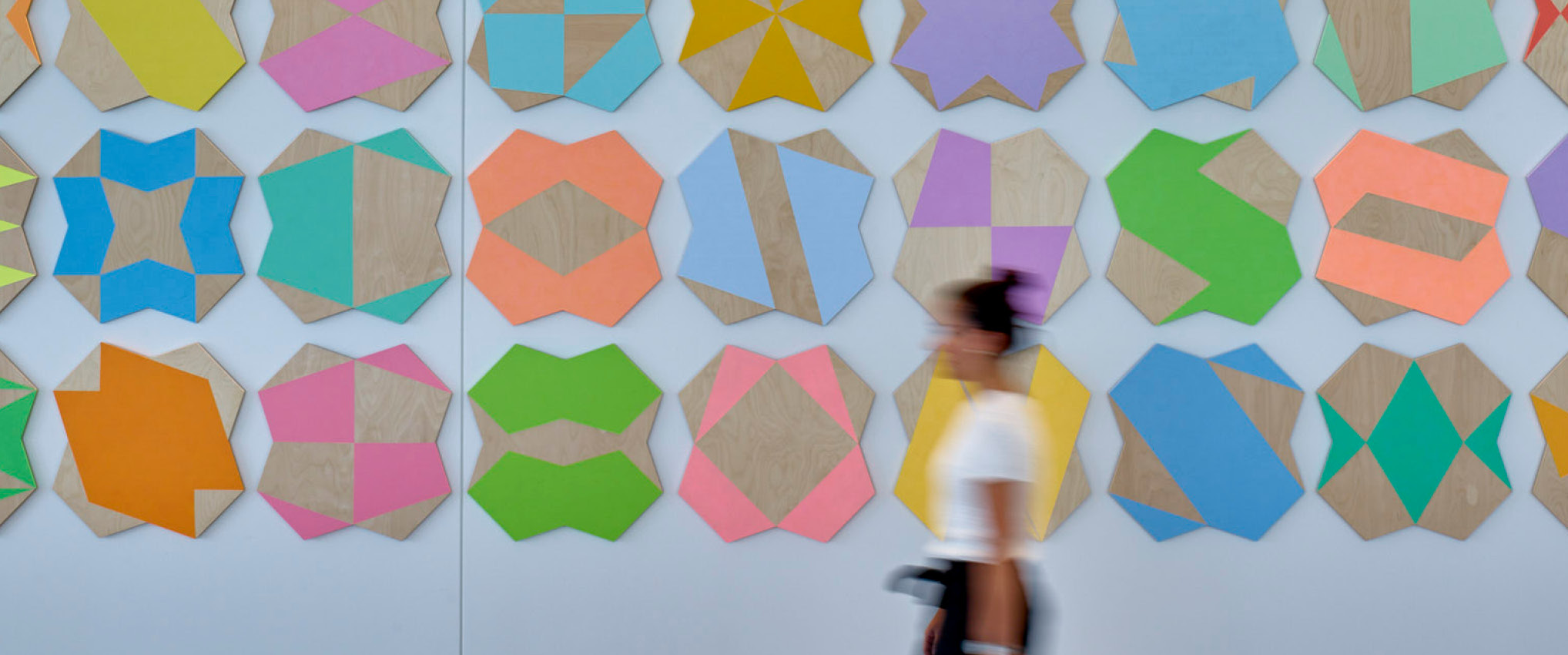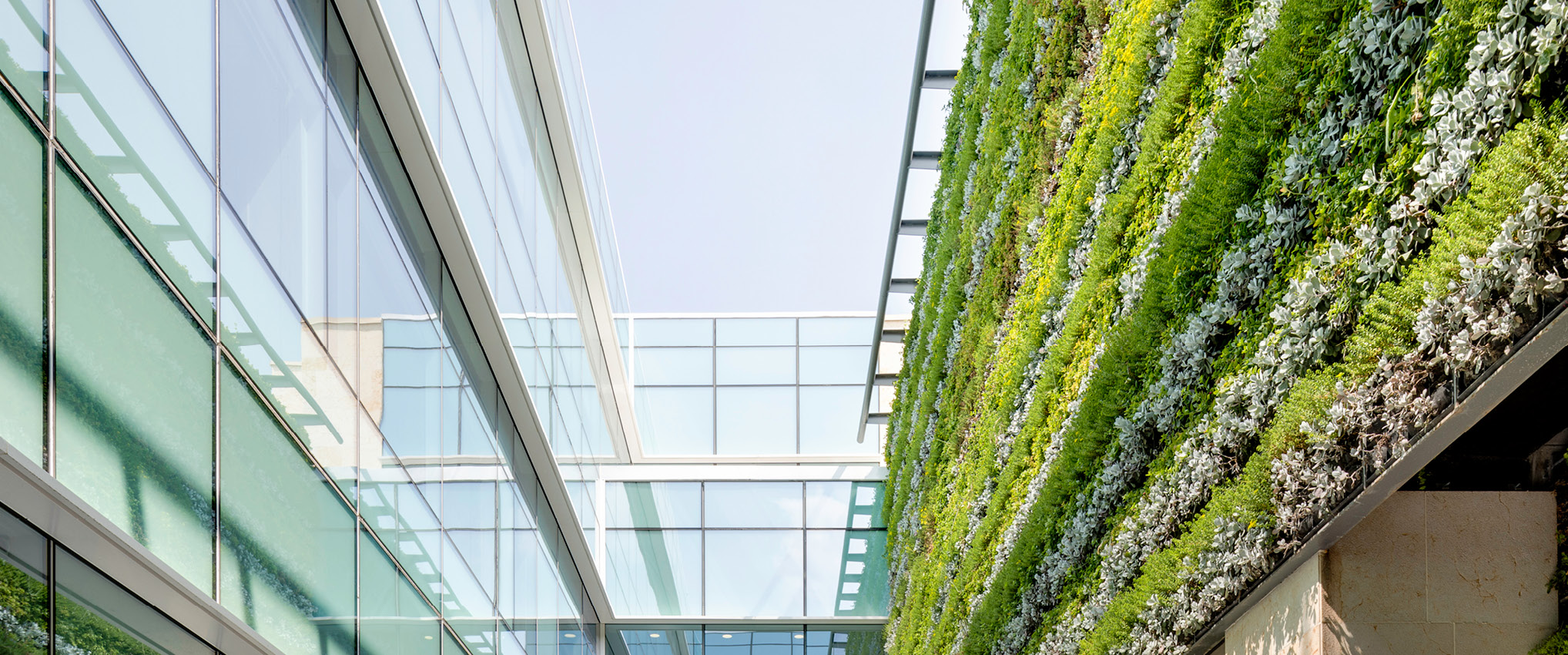
Hunger Busters Sowing Resilience: A Journey to Cultivate Change
Dallas, TX, USA
The Challenge
Nearly two-thirds of the Dallas Independent School District’s (DISD) 150,000 students face the prospect of food insecurity each day. To help reduce that challenge Hunger Busters, a non-profit meal provider program founded in 2012, serves freshly prepared dinners to 4,500 DISD students each school day. But with the continued urgency to feed hungry children in Dallas, Hunger Busters leaders recognized the need to expand their facilities overlooking the Trinity River.
After a break-in that resulted in the loss of equipment and food supplies, Hunger Busters used the temporary setback to launch a capital campaign to propel their ambitious expansion project forward. It trained its focus on the La Bahara neighborhood, one of the five vibrant Hispanic communities in West Dallas. Confronted by challenges posed by large-scale development and escalating housing costs, La Bahara became the inspiration for a facility deeply entwined with its community. Global design firm, HKS, working through its Citizen HKS philanthropic arm, volunteered to help bring that vision to life.
The Design Solution
Inspired by the symbolism of a planted seed that is nurtured and grown, the HKS team worked with Hunger Busters to create a vibrant, sustainable food preparation facility that will eventually help nurture, grow and sustain thousands of Dallas youngsters.
The facility has three core sections: Hunger Busters’ operations, the commissary kitchen, and the rentable entrepreneurial section. Underground parking has been strategically implemented to optimize kitchen and collaboration spaces on the upper floors and address the site’s specific geological challenges.
The first level of the 17,000-square-foot building boasts expanded prep space, tripled production capacity, and a 1,400-square-foot (130 sm) revenue-generating commissary kitchen. Emphasizing sustainability, the site incorporates a chef’s garden for locally sourced produce.
The project incorporates a 1,500-gallon rainwater collection system, capitalizing on Dallas’s average rainfall to support the facility sustainably. With an annual collection capacity of approximately 636 gallons, this system plays a crucial role in irrigating the landscape and providing water for the plants in the chef’s garden.
The second floor of the two-floor facility will offer a rentable shared workplace that local nonprofits can use to foster collaboration and resource-sharing. Another highlight of the second floor is the outdoor terrace, which boasts spectacular views of the Margaret Hunt Hill Bridge, an iconic structure that acts as a scenic connector from the La Bahara neighborhood to downtown Dallas.
A vibrant artwork piece, chosen through a local high school art contest, will provide a fitting final touch, anchoring the facility’s high-profile corner. Hunger Busters’ journey, like a seed growing from a simple connection with roots to a thriving community project, exemplifies the transformative power of collective effort in shaping positive change.
The Design Impact
The project’s sustainable strategies included an anaerobic digester that can transform food and garden waste into bio-fertilizer and energy that can power all exterior site lighting; a rainwater capture system; and CLT as a structural system.
Also, a roof solar panel with 60% coverage, is anticipated to offset 46% of the building’s baseline energy usage, holding out promise for achieving a net positive project by 2030.
The use of Mass Timber construction, specifically through the incorporation of pre-fabricated Cross Laminated Timber (CLT) panels, aligns with Texas Regionalism and plays a pivotal role in drastically reducing the building’s carbon footprint. The efficiency of CLT not only accelerates the construction timeline but also minimizes labor costs and offers enhanced fire safety advantages.
Throughout the design and construction phases, HKS and Hunger Busters remain steadfast in their commitment to ethical decarbonization. The overarching objective is to cultivate a building materials supply chain that is deeply environmentally conscious and actively advocates for a future free from forced labor.
This new facility, overlooking the Trinity River, is a beacon of circularity. By utilizing excess food from local restaurants and businesses, transforming it into nutritious third meals for students, and then converting any remaining waste into energy, this innovative approach addresses food insecurity and exemplifies sustainable practices championing a circular and regenerative system that benefits both people and the planet. With this new infrastructure in place, Hunger Busters will be able to increase meal production to an impressive 14,500 meals per day, significantly widening their impact within the city of Dallas.

Project Features
- 22,000 square feet (2,043 square meters)
- Communal kitchen
- Commissary kitchen
- Workspace
- Chef’s garden
- Solar roof panels
- Anaerobic digetser
- Rainwater collection system
- Underground parking
- Outdoor terrace
- Seeking LEED Certification
- Design For Freedom Pilot Project










